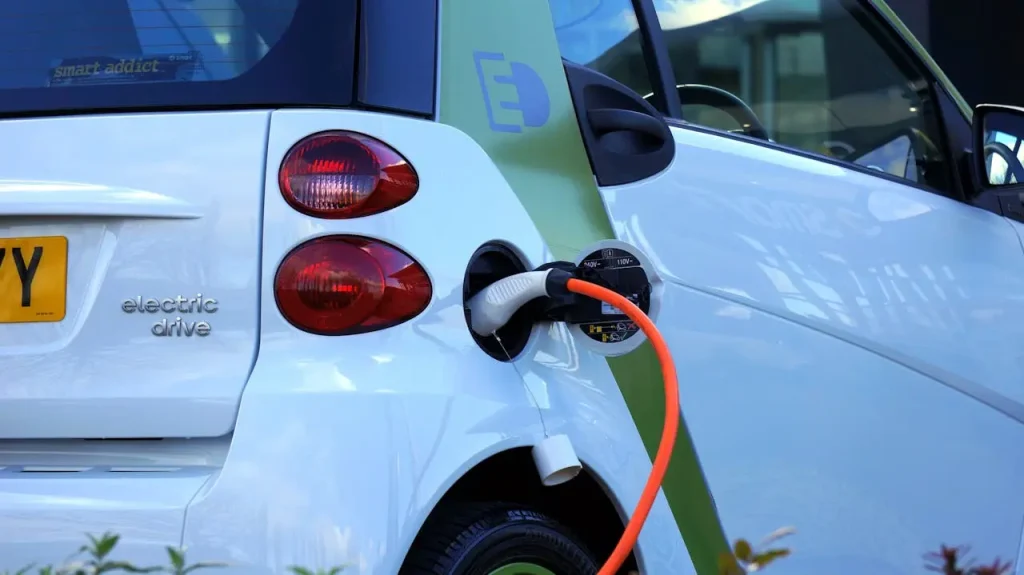In an era marked by a growing consciousness of environmental sustainability and a quest for cleaner energy solutions, electric vehicles (EVs) have emerged as a transformative force in the automotive industry. With their promise of reduced emissions, enhanced efficiency, and technological innovation, EVs are not just a passing trend but rather a significant pivot towards a more sustainable future of transportation. Let’s delve deeper into the world of electric vehicles, exploring their current state, potential trajectory, and addressing common questions that might arise.

Unveiling the Electric Revolution
Electric vehicles represent a paradigm shift from the traditional internal combustion engine-powered cars that have dominated roadways for over a century. Instead of relying on fossil fuels, EVs harness electricity stored in rechargeable batteries to power electric motors, propelling the vehicle forward. This fundamental departure from the reliance on gasoline or diesel fuel presents a myriad of benefits, chief among them being the drastic reduction in greenhouse gas emissions and air pollutants associated with transportation.
Driving Toward a Greener Future
One of the most compelling aspects of electric vehicles is their environmental impact—or lack thereof. By eschewing tailpipe emissions, EVs contribute to cleaner air and mitigate the adverse effects of climate change. With the global push towards renewable energy sources such as solar and wind power, the carbon footprint of electric vehicles continues to shrink, making them an increasingly attractive option for eco-conscious consumers.
The Changing Face of Mobility
The future of electric vehicles is bright, fueled by relentless innovation and technological advancements. Automakers worldwide are doubling down on their commitments to electric mobility, pouring resources into research and development to enhance battery efficiency, driving range, and charging infrastructure. As a result, consumers can expect an influx of electric vehicle models boasting longer ranges, faster charging times, and cutting-edge features that rival their gasoline-powered counterparts.
FAQs About Electric Vehicles
Q: How far can electric cars go on a single charge?
A: The driving range of electric cars varies widely depending on factors such as battery capacity, driving conditions, and vehicle efficiency. While some EVs can travel over 300 miles on a single charge, others may have a more modest range. However, advancements in battery technology are steadily extending the driving range of electric vehicles, with future models expected to surpass current limitations.
Q: How long does it take to charge an electric car?
A: Charging times for electric cars depend on several factors, including the charging station’s power output, the vehicle’s battery capacity, and the charging method used. While standard home chargers may take several hours to fully replenish the battery, fast-charging stations can provide a significant charge in as little as 30 minutes. Additionally, emerging technologies such as wireless charging aim to streamline the charging process further.
Q: Are electric cars more expensive to maintain?
A: Electric cars typically have lower maintenance costs compared to their gasoline counterparts due to their simpler mechanical design and fewer moving parts. With no oil changes, fewer components prone to wear and tear, and regenerative braking systems that prolong brake life, EV owners can expect reduced maintenance expenses over the vehicle’s lifespan. While the initial purchase price of electric cars may be higher, the long-term savings on maintenance can offset the upfront cost.
Q: Where can I charge my electric car?
A: Electric car owners have access to a growing network of charging infrastructure, including home charging stations, workplace chargers, public charging stations, and fast-charging networks along highways and major routes. Many electric utilities, municipalities, and businesses are investing in expanding charging infrastructure to accommodate the growing number of EVs on the road. Additionally, mobile apps and online maps provide real-time information on nearby charging stations, making it easier for EV drivers to plan their routes and charging stops.
Charting the Course Ahead
As electric vehicles continue to gain traction and market share, the automotive industry stands at a crossroads, poised for a seismic shift in the way we think about transportation. With advancements in battery technology, infrastructure development, and consumer adoption, the future of electric vehicles appears brighter than ever before. Whether you’re considering making the switch to electric or simply curious about the evolving landscape of mobility, staying informed about the latest developments in electric vehicles is essential in navigating the road ahead.

